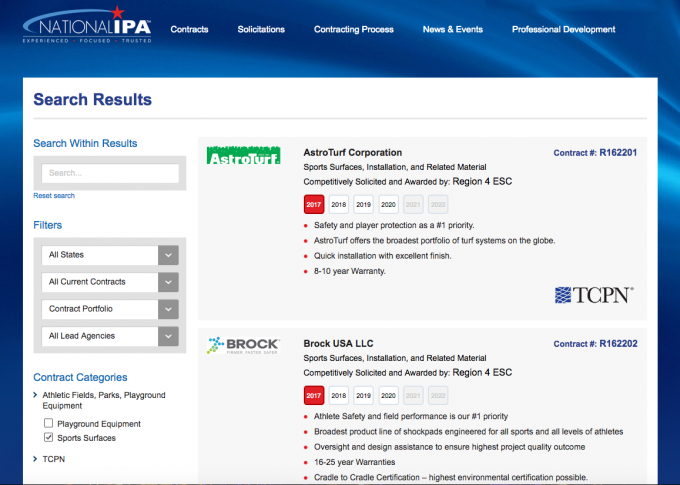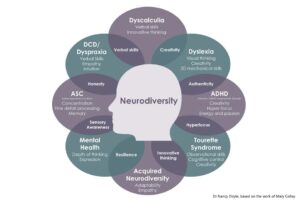The case of the Field of Dreams:
Two football seasons ago, I was approached by a superintendent who was looking to change the face of his athletic program. This small school had low lying wetland with poor drainage which led to tired grass football and softball fields. These fields were lit by wood-pole lights, served by gravel parking lots, and were encompassed by a cinder track.
Although they were small, they wanted a long-term solution that would attract students from across the region as well as providing a location for local tournaments, regional and state games, and a low maintenance facility. The fields were serviced by a small mobile trailer where they sold some concessions and portable toilets for their fans.
Sound familiar?
Due to my familiarity with the school and their athletes and our multi-discipline team, the superintendent reached out to me for advice about what potential costs were and the best process for a new athletic facility with the possibilities of two synthetic fields, bleachers, lighting, parking, and concessions/restroom building. I explained to him the advantages of utilizing the Cooperative Purchasing process and how he could get much more value for his investment. While Coop Purchasing is not always the best approach, in their situation, it was because of the amount of product costs in a project like this and the relatively small amount of labor costs. Cooperative Purchasing allowed the school and me to comfortably manage a nearly 4 million dollar athletic complex project. The school was able to contract directly with the turf, bleacher, lighting, and scoreboard companies under competitive bid prices but without the unnecessary overhead and markup of “managing” these contracts. This removed over 2 million dollars from the contractor portion of the contract and at around 5% markup, allowed them to save over $100,000 on the project. It also removed the need for an additional project management company and I was able to manage the contract, inspect the project, and give the school more value for their investment.
Although we utilized this for an athletic project, the same principle applies to all public facilities with projects that include a product or material costs. Coop purchasing is a great financial tool that allows public entities to stretch their dollar further and eliminate the need for duplicating and adding cost. Coop purchasing will allow your team to use the competitive bidding process in conjunction with getting the greatest value and not only the lowest price.
- Cooperative purchasing is a method used by public entities; they are typically non-profits that help public facilities purchase products at a fair price.
http://www.nationalipa.org/Pages/whatdifferentiatesnipa.aspx

- Products and services are bid on at the beginning of the year; the contracts are reviewed to ensure that they are competitive. At that point, the price is maintained for the entire year for that product. Each Coop has a different collection of vendors; several vendors are part of multiple coops.
- The client must be a registered member of the coop to use this process. It is usually free or very easy to become a member.
- Some costs include installation, and some are only for the product. (you can purchase office equipment, installed turf, etc.)
- There are many coops, and the most commonly used are the AEPA, NIPA, and NJPA. The AEPA is only for education, and the others are for public entities including education.
http://www.nationalipa.org/Pages/default.aspx
- The Colorado education chapter of the AEPA is the BOCES. There are 20 of these boards that represent most of the area schools.
http://www.coloradoboces.org/aesa-coop-intro/about-aepa-cooperative-purchasing/
Why this is a useful tool for public entities that have EVstudio on board?
- Products have still been competitively solicited but have been done so at the beginning of the year and reviewed by a government entity for all jobs with their product.
- The client can select a product and does not have to go with the “low bid.” This allows schools to evaluate the best value, not the lowest price.
- EVstudio has experienced that bid prices, and Coop pricing is very similar, and one is not consistently cheaper than the other. Coop pricing allows the contracts to be managed between the client, coop, and vendor and removes the typical markup of a general who is not necessary for these purchases.
- EVstudio handles the design and coordination of the contractor for a much lower and more competitive price because the contract is routed through the non-profit coop.
- Pricing can and often does come in at a lower price than their yearly bid price with the coop, the coop simply limits the maximum allowable price.
- Utilizing coop pricing allows the engineer or architect to work with vendors and have flexibility as they refine the design and materials. Often the language and the process of bidding constrict the flexibility of the project with regards to alternates, substitutions, adds, and deducts.
EVstudio has helped public clients in the past and would love to work with our clients in the future to utilize this non-profit entity and competitive tool which will allow them to purchase more of what they want and save more money. If you would like to see if the Cooperative Purchasing method would work with your project, please feel free to contact us.










